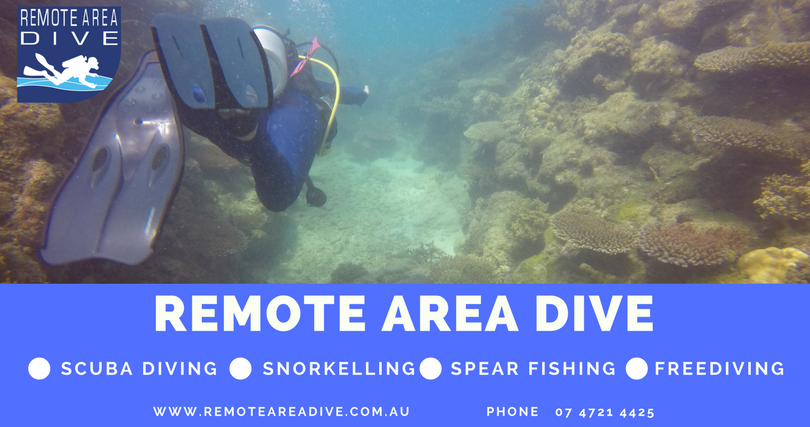Basic Cave Course

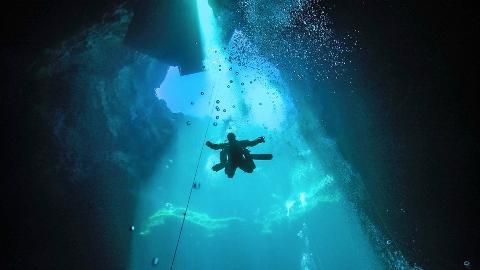
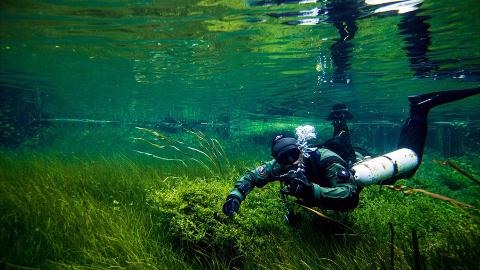
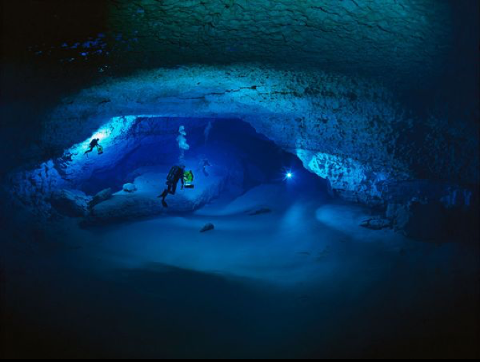
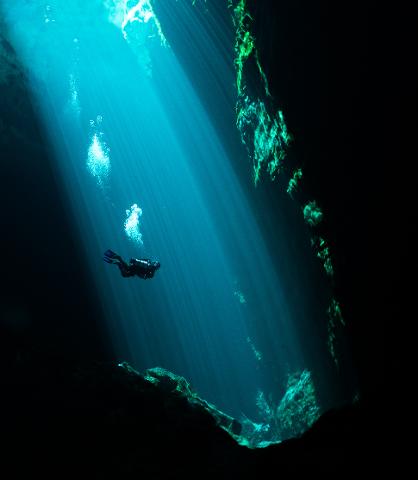
- Duration: 9 Days (approx.)
- Location: Mount Gambier, SA
- Product code: BCC
The adventure starts with Basic Cave Diver. This entry level training develops the minimum skills and knowledge for deep cavern diving including the planning, organising and the procedures, techniques and problem solving required in a variety of cavern and sinkhole diving situations. This is an excellent introduction to freshwater diving that is open to all Advanced Open Water qualified divers who have logged a minimum of 12 months open water experience.
The Program
The Basic Cave Diver Program is the amalgamation of skills and knowledge necessary to safely dive in Cavern and Sinkhole rated sites. Training covers areas that may have zero visibility and the potential for unlimited visibility.
Deep Cavern training consists of the equivalent of five full days of theory and diving.
Cavern Site
Defined as body of water which has a maximum depth of 20 metres, slight overhangs, near vertical ascents and where daylight is always visible (eg limestone caverns, dams, flooded quarries, lakes etc). The maximum linear penetration allowed is 40 metres from the surface.
Sinkhole Site
Defined as a body of fresh water which can have large passages (no restrictions too small for two divers to swim adjacent to each other) and which exceeds 20 metres in depth. The maximum linear penetration allowed is 60 metres from the surface. The CDAA recommends a maximum depth of 40m on air.
Prerequisites
Before commencement of a Cave diver training program the candidate must:
Hold an Advanced Open Water level recreational SCUBA diver award or equivalent and be qualified as an Open Water diver for a minimum of 12 months.
Have logged a minimum of 25 dives (post Advanced Open Water level) totalling a minimum of 20 hours, including at least two night dives and five dives deeper than 25 metres.
Be a minimum of 18 years old.
Successfully complete a diving medical statement. If any contraindications are flagged then a full diving medical examination will be required.
Theory
To include cave geology, equipment considerations, predive checks and safety drills, buoyancy and anti-silting, communications, reel and guideline use, gas management and calculation, physiological considerations, access procedures, dive planning, emergency procedures, hazards, accident analysis.
Equipment
Minimum requirements include:
Suitable exposure suit (for >10 degrees water)
Mask and fins (straps taped or replaced with velcro/spring heels respectively)
Small sharp cutting device
Watch or bottom timer or computer (preferably on wrist)
Depth gauge or computer
BCD or Wing/Backplate/Harness
Twin cylinders combined minimum capacity of 2200 litres
Two regulator first stages each with one second stage attached, one of which has a hose that is at least 2 metres in length
One primary and two back up lights
Submersible decompression tables
Wetnotes or pencil and slate
Two submersible pressure gauges (SPG) if using a twin independent system (only 1 required if using an isolation manifold)
Primary reel with a minimum of 100m of line (may be supplied by instructor)
Skill Sessions
To include reel use, line placement techniques, reel locking and abandonment, blackout line following, air sharing while following a line, buoyancy and anti-silting techniques, communications, emergency management, S drills, flow checks, full valve shutdowns.
Supervised Dives
A total of 7 dives. One confined water dive in pool or cavern 2-3 hours.
Six training and site dives in Caverns and Sinkholes.
What it includes:
All gas fills needed for the course
All training materials required for the course
Certification Fees
Any site entrance fees
Airport Transfer to and from Mount Gambier
Accommodation
2 x Cylinders per
